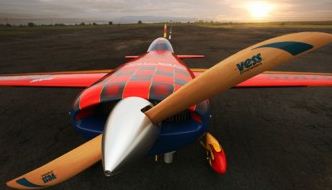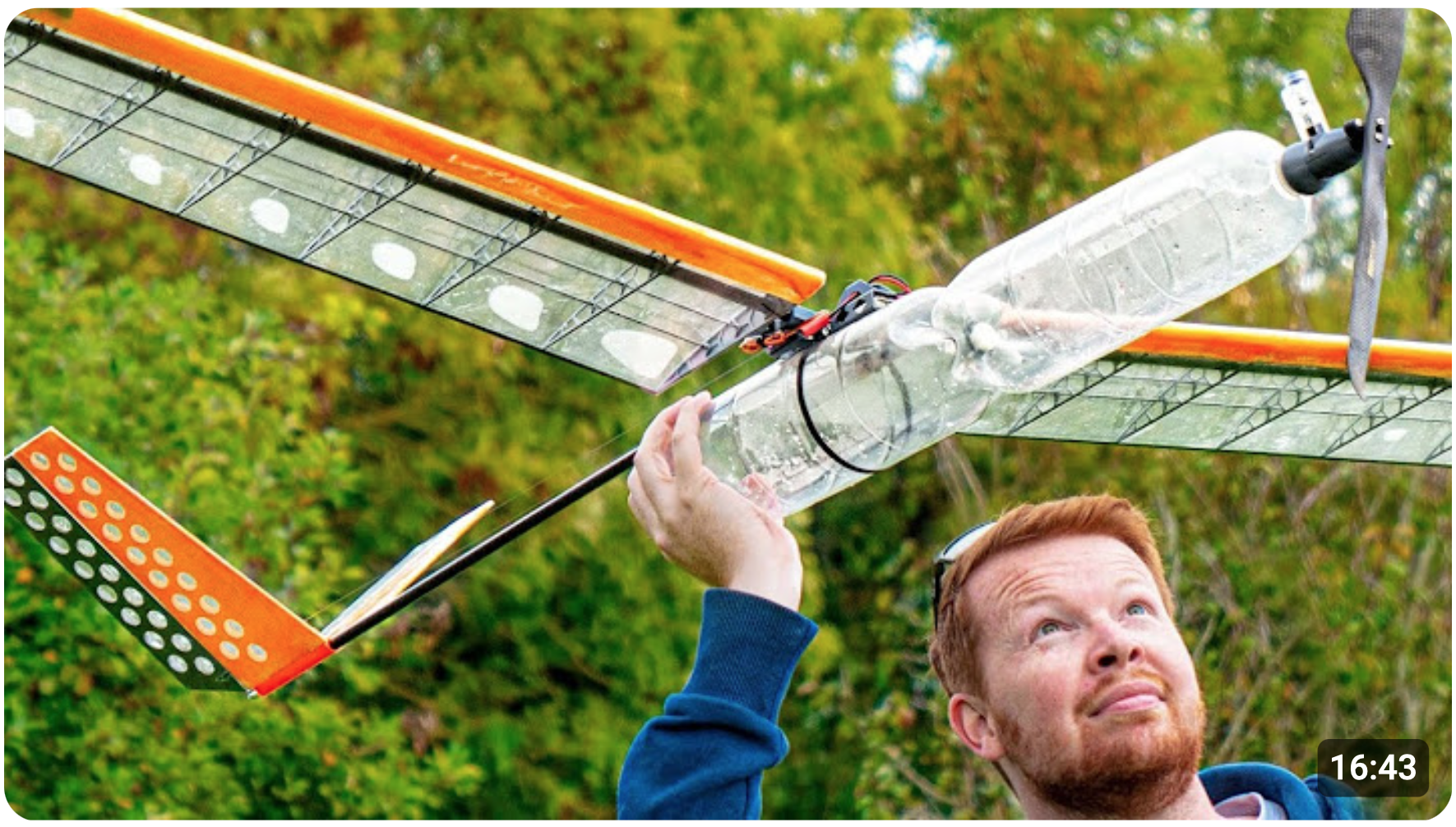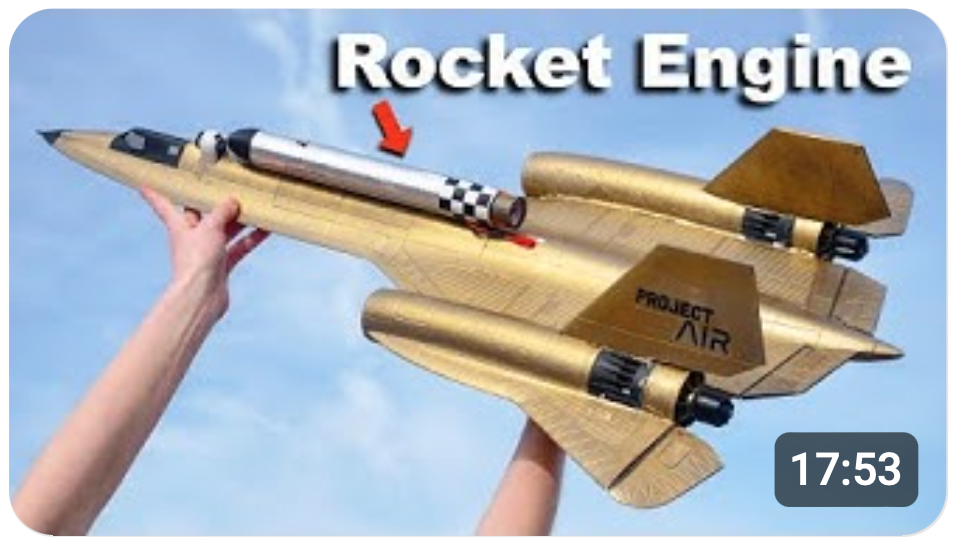Shifting the Prop Paradigm
By Greg Gimlick
Props haven’t changed significantly in many years. I’d almost venture a guess that a modeler from the 30’s would be as comfortable today looking at prop selection as he was in his day, but all of that is changing and changing in a big way!
Enter Vess Aero, the brainchild of super aerodynamicist Robert Vess. I first met Robert years ago when he was teaching the grad courses at NC State University’s school of Aerospace Engineering. I was covering a project they were doing and this young professor had the students mesmerized. His enthusiasm and natural teaching ability had us all captured…..and that was just the start.
Robert has gone on to do aerodynamic work for NASCAR and numerous aerospace companies, but he’s still an avid RC flyer and can be found at the local fields any time he has a chance to fly.
He took his vast knowledge and designed a whole new way of building props. No longer is the design the way it always looked and no longer is the pitch distribution along the length of a prop the same. He’s turned it upside down and sideways and in the process come up with a design that is more efficient and quieter too.
If that wasn’t enough, now he’s come up with a way to balance the system as a whole. The Vess Balancing Ring is a unique and effective way to balance to the center of rotation. In his words, “It became apparent that the vibration due to the total rotating mass that is attached to the engine drive shaft (prop, washer, bolts, and spinner) is simply an issue of the net center-of-gravity of these components not coinciding with the axis of rotation of the engine.”
It’s all too much to explain in a short entry here, but go to:
Robert isn’t bound by convention and our hobby is the better for it!
Here’s more from Robert:
Practical Innovation – “Vess Balance Ring”
by Robert Vess
Vess Propellers
Almost everyone in this hobby has been faced with the issues and challenges of prop balancing. The process of sanding the heavy blade or adding some sort of lacquer to the light blade of your beautiful new wood prop in an effort to get it to reach some state of balance is not a trivial pursuit. And what do you do with carbon or multi-blade props? What effect does the spinner have? Add to this the common practice of sticking an ugly pad of Velcro to the side of the hub and loading CA onto it in an attempt to correct any lateral imbalance and one can certainly understand why many just skip these steps, bolt the prop onto their engine, and hope for the best.
As an avid RC enthusiast, engineer, and propeller designer, I have been quite keen to address this problem and provide a easy means of achieving smooth operation of model aircraft powerplants. I have studied the facts, read articles, consulted experts, and tinkered. It became apparent that the vibration due to the total rotating mass that is attached to the engine drive shaft (prop, washer, bolts, and spinner) is simply an issue of the net center-of-gravity of these components not coinciding with the axis of rotation of the engine. If the prop blades are tracking properly such that it is rotating in a single plane, the solution lies in accurate static balancing to correct any CG offset.
Here’s the list of design goals that I felt were important. I wanted to be able to use good quality balancers on the market like the Dubro “Tru-Spin” (Cat. #499) to simultaneously balance all of the rotating components assembled just as they would turn on the engine. I knew my design would have to be light, non-intrusive, and readily adaptable to any powerplant/prop/spinner. And, most importantly, it had to provide an intuitive means to correct the CG offset such that anyone could do it simply and accurately. It’s often said that “the best ideas are usually the simplest”. That adage certainly applies to my final design! Let me introduce you to the “Vess Balance Ring”.
It simply an NC-machined, aluminum part that’s much like the prop washer and, in fact, is used in place of your standard prop washer. There are several sizes to match the various prop bolt patterns of different engines. The series of tapped holes in the boss around the perimeter of the ring accept set screws that are inserted as required during the balancing process. The best way to understand how it’s used is to refer to the instruction card that accompanies each ring:
As you can see this is a very straightforward process that works with any prop/spinner combination, regardless of the number of blades or construction material. And our extensive testing has shown that the balance achieved by proper use of the “Vess Balance Ring” produces remarkably smooth powerplant operation, even at idle. Reduced vibration means lower airframe fatigue, improved equipment longevity, and lower noise. The first customers and test pilots have been astonished!
Right now, we have sizes to fit many popular engines that have the industry-standard DA/3W prop bolt patterns. And other engines will be accommodated soon.
























